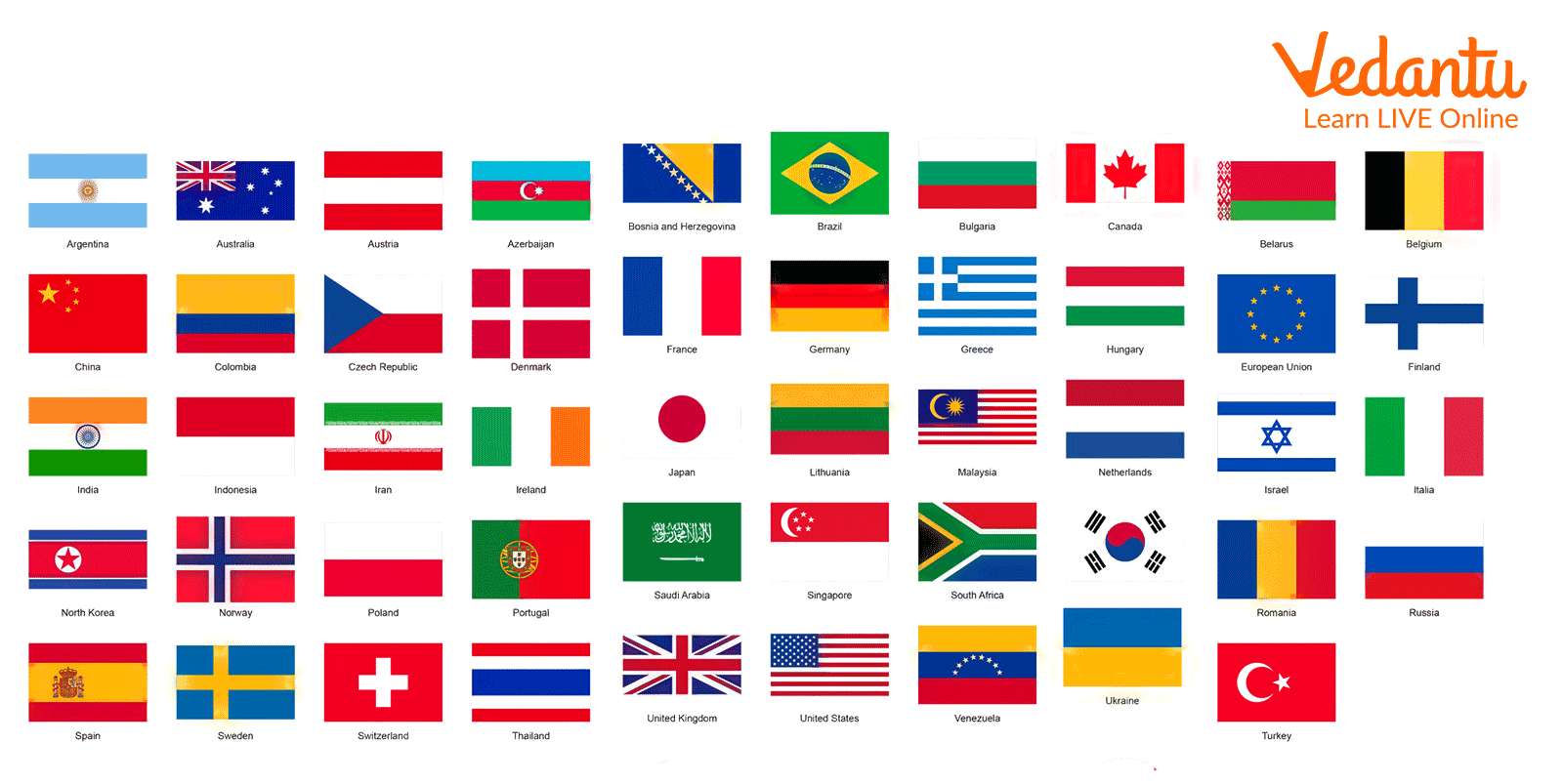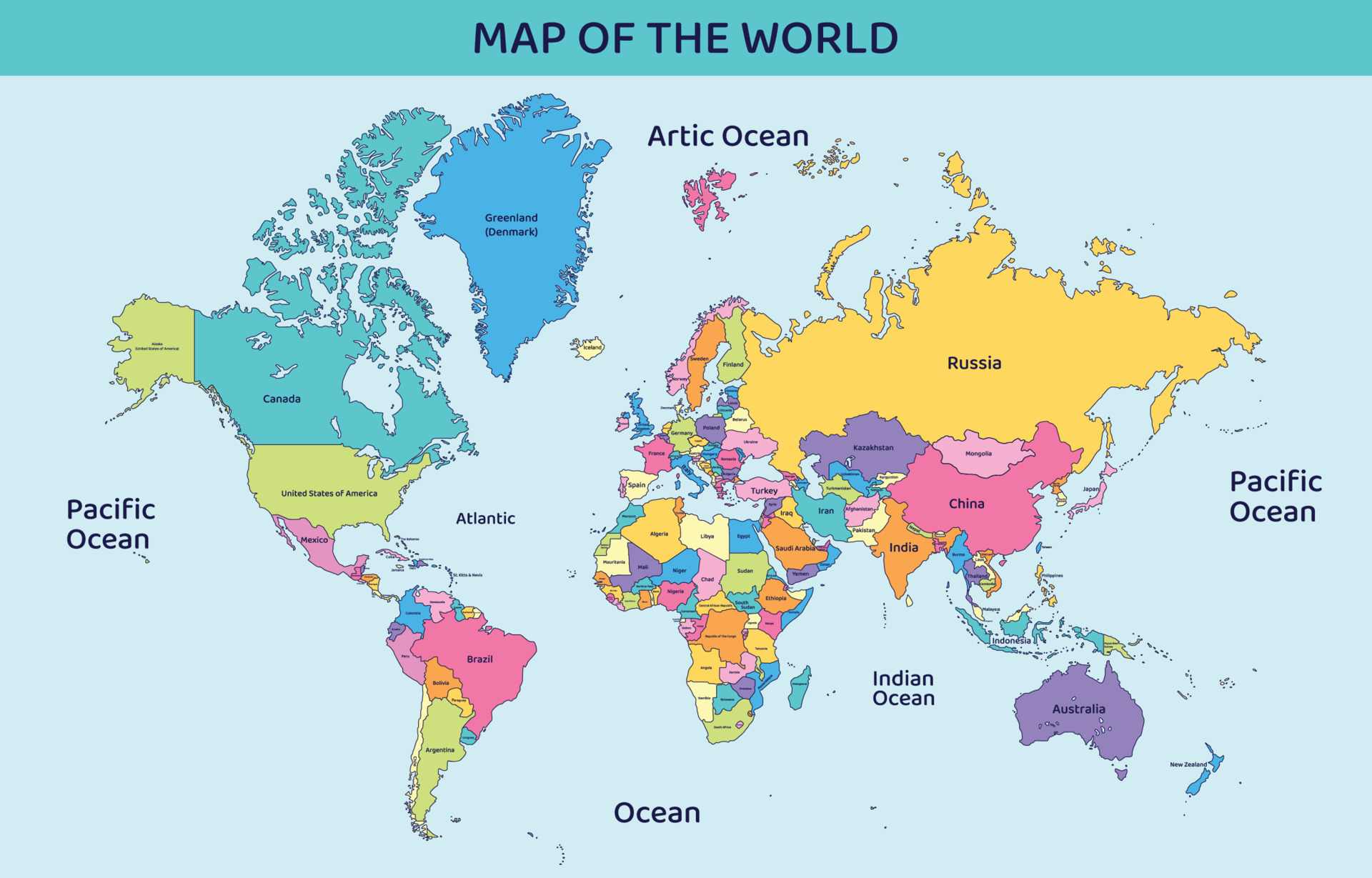There's something truly special about a national flag, isn't there? It’s a piece of cloth, yet it holds so much meaning, so much history, a whole lot of feeling for a group of people. Just seeing a particular arrangement of colors and shapes can, you know, instantly bring to mind a specific place, a culture, or even a story that’s been told for generations. Flags, like the one with a bright red background and a single yellow star, are, in a way, like a visual shorthand for a shared identity, a kind of picture that speaks volumes without a single sound.
When you think about a flag like that, the one with the vibrant red and that striking yellow star, you might find yourself wondering about the place it represents. It’s a very distinct design, pretty memorable, and it points to a land with a rich past and a spirit that’s quite unique. We often see these symbols and, you know, they just make us curious about the people and the landscapes they stand for, almost like an invitation to learn more.
And as we start to think about what country has a red flag with a yellow star, it also gets us thinking about what we actually mean when we talk about a "country." Is it just a spot on a map, a piece of land with borders? Or is there something more to it, a deeper sense of belonging or a shared story? As a matter of fact, the very idea of what makes a "country" is, you know, a bit more layered than it might first appear, with different ways of looking at it, depending on who you're talking to or what you're trying to figure out.
- Encouragement African American Wednesday Blessings
- Sober Before And After Photos
- What Happened To Dr Ross On Vet Life
- Maya From Six Feet Under Now
- Miley Cyrus Net Worth 2024
Table of Contents
- What Country Has a Red Flag with a Yellow Star?
- The Meanings Behind the Red Flag with a Yellow Star
- How We Talk About a "Country" - Is It Just a Place?
- Why Does "Country" Have So Many Meanings for What Country Has a Red Flag with a Yellow Star?
- Beyond Borders - The Idea of "Territory" Versus "Country"
- How Do Online Services View What Country Has a Red Flag with a Yellow Star?
- When Countries Become People - The Human Side of Symbols
- The Human Connection to What Country Has a Red Flag with a Yellow Star
What Country Has a Red Flag with a Yellow Star?
When you think of a flag that has a red background with a single, prominent yellow star, you are almost certainly thinking about the flag of Vietnam. This particular design is, you know, very recognizable around the globe. The deep red color of the flag covers the entire surface, and right in the middle, there is a large, five-pointed yellow star that truly stands out. It’s a powerful image, one that has been connected with this Southeast Asian nation for quite some time, reflecting a long and storied past, and basically, a lot of national pride.
The flag of Vietnam, with its bold appearance, isn't just a random design; it tells a story. The choice of colors and the star's shape are, you know, deeply rooted in the country's experiences and hopes. It's a symbol that people there see everywhere, from official buildings to public gatherings, and it really does represent the heart of their shared identity. For anyone who sees it, it’s a clear sign of Vietnam, a land known for its resilient people and its absolutely beautiful scenery, too.
The Meanings Behind the Red Flag with a Yellow Star
The colors and symbols on the flag of Vietnam carry, you know, very specific meanings that are important to its people. The striking red field, that vast expanse of crimson, is generally understood to represent the blood shed during the country's struggles for independence and freedom. It's a reminder of the sacrifices made, a kind of visual testament to the courage and determination of generations who fought for their land. This color, so, really speaks to a deep sense of history and a collective memory of hard-won victories.
- Who Were Sam Elliotts Wives
- Quote About Nostalgia
- When Life Gives You Quotes Funny
- Pics Of Jessica Caban
- Who Made The First Duck Call
Then there's the bright yellow star, placed right in the center of that red background. This five-pointed star, you know, is quite significant. Each point of the star is said to stand for a different group of people within Vietnamese society: the workers, the farmers, the soldiers, the intellectuals, and the young people. Together, these points symbolize the great unity of the entire population, all working together for a shared future. The yellow color of the star, too, is often linked to the golden hue of the land, or perhaps the traditional yellow skin tone of the people, adding another layer of meaning to this important national emblem.
The flag was, in fact, first adopted in 1945, at a pivotal moment in Vietnam's modern history. It became the official flag of the Democratic Republic of Vietnam and, later, the unified Socialist Republic of Vietnam. Its design has remained consistent, a steady reminder of the country's path. So, when you look at that red flag with a yellow star, you're seeing more than just a piece of fabric; you're seeing a condensed version of a nation's soul, a visual representation of its past, its people, and its collective aspirations, pretty much all rolled into one powerful image.
How We Talk About a "Country" - Is It Just a Place?
It's interesting, isn't it, how we use the word "country"? You might think it's just a simple term for a geographical area, but actually, it can mean a few different things depending on the situation. For instance, when we talk about a place like Vietnam, which has that famous red flag with a yellow star, we often call it a "country." But, you know, the idea of "country" can sometimes be less about being a fully sovereign entity on the world stage and more about a general region or a shared cultural space. The formal, legal way to describe a place with its own government and international standing is often referred to as a "State" or a "sovereign state."
Consider the example of the United Kingdom, for instance. On its official government websites, they'll tell you that the UK is made up of four different "countries." You have England, Scotland, Wales, and Northern Ireland. Yet, the UK itself is often called a "country" as well. This shows us that the word "country" can, in a way, refer to both a larger, independent political body and also to smaller, distinct cultural or historical regions within that larger body. So, it's not always just one straightforward definition, is it? It really depends on the context, and that's something to think about when we talk about a place like the one with the red flag and yellow star.
Then there's the word "nation." This term, too, adds another layer to our conversation. A "nation" often speaks more to a group of people who share a common culture, language, or history, whether or not they have their own independent "State." For example, someone might say, "Four nations in one country," which former Prime Minister David Cameron apparently said about the UK. In that situation, the UK is the "country," and places like Scotland are considered "nations" because they have their own distinct cultural identity and heritage. So, you see, the words "country," "state," and "nation" are not always interchangeable, and their meanings can shift quite a bit depending on what you're trying to express.
Why Does "Country" Have So Many Meanings for What Country Has a Red Flag with a Yellow Star?
The reason "country" has so many different meanings, particularly when we think about a place like the one with the red flag and yellow star, really comes down to how language adapts to different situations. Sometimes, "country" is just a general term for a land area, like when you talk about "the countryside" versus a city. Other times, it's used to mean a place that is politically independent, a sovereign entity with its own government and borders. And then, there are moments when it refers to a cultural group, a collective of people with shared traditions and a sense of belonging, even if they don't have their own separate government.
Consider how we give addresses, for instance. When you write an address in English, you typically go from the smallest detail to the largest. So, it's like, house number, street, city, then the "country." This use of "country" in an address is simply a geographical label, a way to pinpoint a location on the planet. It doesn't necessarily get into the finer points of sovereignty or cultural identity. It's just a practical way to sort places out. So, the context of what you are doing, like sending a letter, really shapes the meaning of the word "country," pretty much simplifying it to its most basic geographical sense.
Moreover, some electronic dictionaries, like the Oxford Advanced Learner's Dictionary, actually list "region" as one of the meanings for "country." This just goes to show that the word isn't always about full political independence. It can, in fact, be used more broadly to describe a specific area or district. So, when we discuss a place like the one with the red flag and yellow star, we are often using "country" in that very broad sense, encompassing its geography, its people, and its political structure all at once, which is, you know, quite a lot for one word to carry.
Beyond Borders - The Idea of "Territory" Versus "Country"
You might sometimes hear the phrase "country and territory" in the news or in other discussions, and it could make you wonder if there's a difference between the two. And, you know, there actually is a distinction, even if it's a bit subtle at times. While a "country" often implies a sovereign state with its own government and international recognition, a "territory" can refer to an area of land that is controlled by a sovereign state but doesn't necessarily have the same level of independence or self-governance. It's like, a part of a larger whole, but maybe with its own unique characteristics or historical background.
For example, some overseas brands, when you're choosing your location, might list places like Hong Kong or Taiwan separately, even if they are often considered parts of a larger "country" by some. This practice highlights how the term "country" can sometimes be used in a more general sense, while "territory" might be used to describe areas that have a distinct status, perhaps with their own laws or administrative systems, but are still ultimately under the authority of another state. So, the way these places are listed, you know, really shows that there are different ways to categorize geographical and political entities, and it’s not always as simple as just "country" or "not country."
The use of "country and territory" together, therefore, often serves to be very precise about the scope of a discussion, making sure to include both fully independent nations and those areas that have a different political arrangement. It's a way of being very thorough, ensuring that no distinct geographical or political unit is left out. This distinction, in a way, helps us to better understand the diverse political geography of our world, and how places are described can have a lot to do with their political standing, too.
How Do Online Services View What Country Has a Red Flag with a Yellow Star?
It's pretty common, isn't it, to run into situations online where a service asks you to pick your "country" or "region," and sometimes these choices don't quite match up with what you might expect. For instance, you might see issues with services like Google One AI Pro or Spotify, where they tell you that your account isn't eligible because of "wrong country settings." This really shows that for online platforms, the definition of "country" can be very specific and tied to legal or licensing agreements, which might not always align with how people generally think about geographical areas or cultural identities. They have their own system, basically.
When a digital service asks you to select your "country," they are typically trying to figure out where you are physically located for things like content licensing, payment processing, or even data privacy rules. So, for them, "country" is a very practical, operational term. It's about compliance and functionality, more than it is about cultural nuances or historical ties. This means that a place like the one with the red flag and yellow star, while clearly a "country" in a general sense, might be treated differently by various online services depending on their specific operational definitions and agreements, which can be, you know, a bit frustrating for users.
So, if you've ever had trouble logging into Spotify because of a "wrong country settings" message, you've experienced firsthand how these online definitions can impact your daily digital life. It's a reminder that the word "country" takes on a very specific, almost technical meaning in the digital space, often related to the rules and regulations of the internet. It's not just about a flag or a shared culture; it's about IP addresses and regional restrictions, too, which is a very different kind of boundary than the ones we typically think about on a map.
When Countries Become People - The Human Side of Symbols
It's fascinating how people sometimes, you know, personify countries, giving them human characteristics and personalities. There's a whole online community, actually, called "Countryhumans" that does just this. It started on platforms like YouTube, and it's basically a fan circle where countries are imagined as conscious beings, often drawn with their national flag as their head. They're sometimes called "ball-headed people" because of this unique artistic style. This kind of creative expression really highlights how deeply people connect with the idea of
Related Resources:



Detail Author:
- Name : Javonte Rolfson
- Username : mmacejkovic
- Email : odie.schaefer@gottlieb.com
- Birthdate : 1993-11-24
- Address : 5539 Hyatt Prairie Apt. 953 Margaretthaven, IN 12009-6531
- Phone : (959) 965-0936
- Company : Williamson-Botsford
- Job : Mining Machine Operator
- Bio : Harum alias hic mollitia numquam quidem. Neque et adipisci molestias voluptate mollitia debitis.
Socials
instagram:
- url : https://instagram.com/luigi_real
- username : luigi_real
- bio : Cum iusto vitae enim laboriosam quod. Hic quod quod et. Fuga ducimus similique est rerum beatae.
- followers : 3859
- following : 2405
facebook:
- url : https://facebook.com/luigileannon
- username : luigileannon
- bio : Nihil sapiente ea et in dolorem et laborum.
- followers : 2516
- following : 2883
twitter:
- url : https://twitter.com/luigi5238
- username : luigi5238
- bio : Optio placeat itaque quod exercitationem. Quo soluta quo fugit molestias exercitationem vitae. Quam id numquam deserunt in minima ipsum.
- followers : 6119
- following : 2635
tiktok:
- url : https://tiktok.com/@luigi8581
- username : luigi8581
- bio : Sit suscipit voluptatum rerum consequatur.
- followers : 6747
- following : 1703